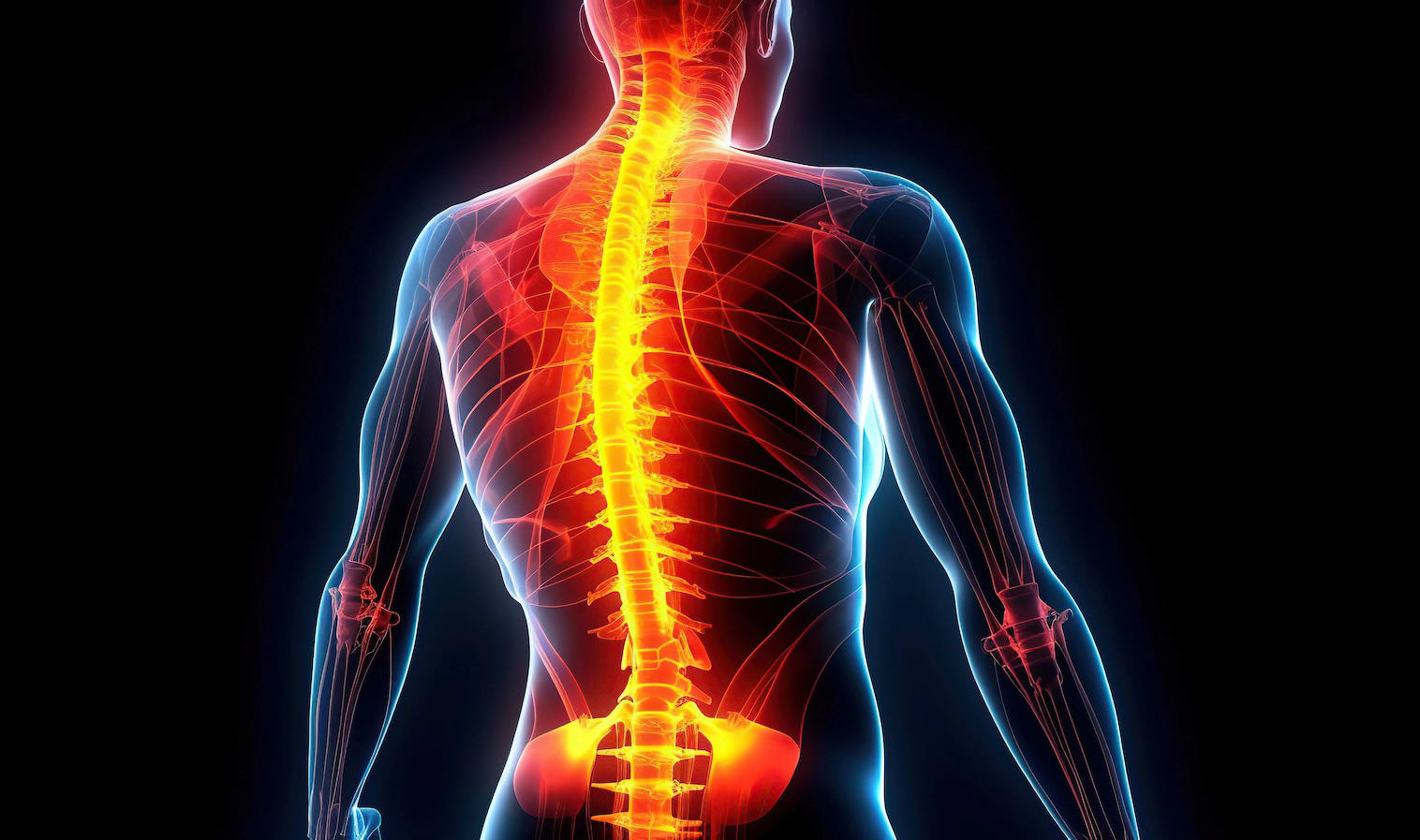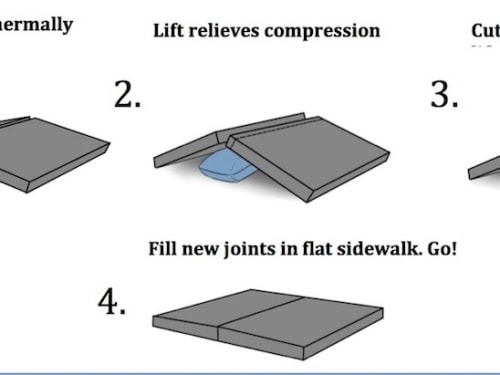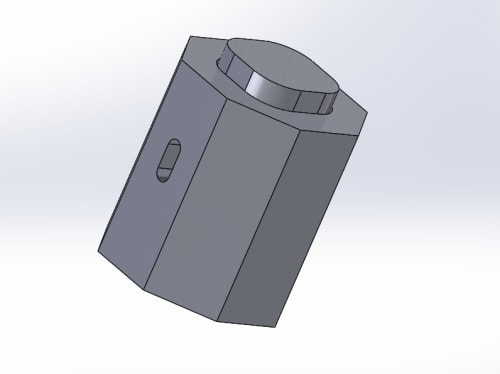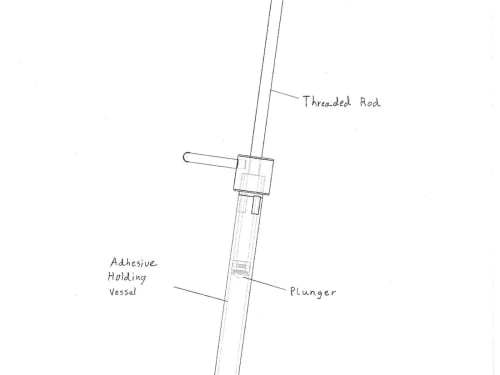The 2025 Contest is Now Open for Entries!
Submit your best new product ideas in any of seven categories for a chance at $25,000 USD and other great prizes. Here’s how to get started.
Help build a better tomorrow
Since Tech Briefs magazine launched the Create the Future Design contest in 2002 to recognize and reward engineering innovation, over 15,000 design ideas have been submitted by engineers, students, and entrepreneurs in more than 100 countries. Join the innovators who dared to dream big by entering your ideas today.
Read About All the 2024 Winning Inventions
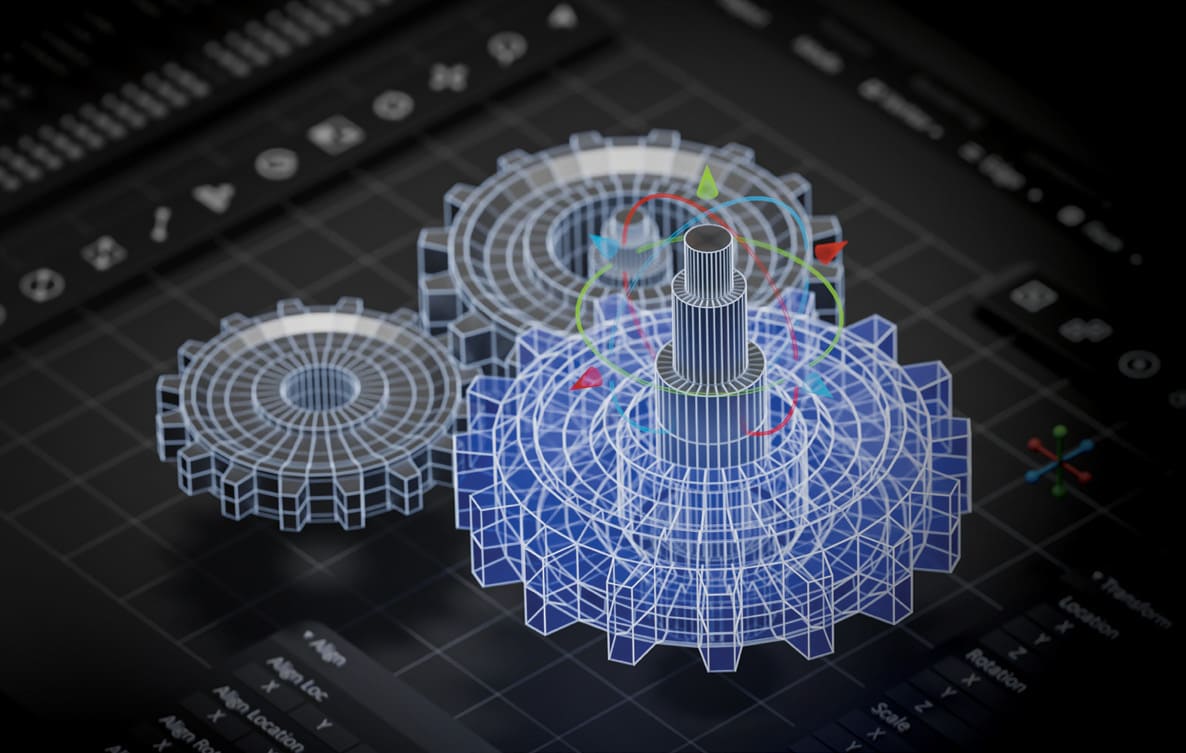
Special Report spotlights the eight amazing winners in 2024 as well as honorable mentions in each category, plus the top ten most popular entries as voted by our community.
Click here to read moreA ‘Create the Future’ Winner Featured on ‘Here’s an Idea’
Spinal cord injury affects 17,000 Americans and 700,000 people worldwide each year. A research team at NeuroPair, Inc. won the Grand Prize in the 2023 Create the Future Design Contest for a revolutionary approach to spinal cord repair. In this Here’s an Idea podcast episode, Dr. Johannes Dapprich, NeuroPair’s CEO and founder, discusses their groundbreaking approach that addresses a critical need in the medical field, offering a fast and minimally invasive solution to a long-standing problem.
Listen nowThank you from our Sponsors
“At COMSOL, we are very excited to recognize innovators and their important work this year. We are grateful for the opportunity to support the Create the Future Design Contest, which is an excellent platform for designers to showcase their ideas and products in front of a worldwide audience. Best of luck to all participants!”
— Bernt Nilsson, Senior Vice President of Marketing, COMSOL, Inc.
“From our beginnings, Mouser has supported engineers, innovators and students. We are proud of our longstanding support for the Create the Future Design Contest and the many innovations it has inspired.”
— Kevin Hess, Senior Vice President of Marketing, Mouser Electronics
contest/2018
2018
The Implantable Myoelectric Sensor (IMES) system developed by the Alfred Mann Foundation is an implantable sensor technology platform capable of transmitting localized myoelectric signals simultaneously from multiple muscle sources, and is intended to be integrated into prosthetic systems to control electromechanical prosthetic devices. The IMES implants detect myoelectric signals generated by residual muscles of an amputated limb,
We have invented a non-invasive sensor capable of identifying the unique gait signatures of cannabis and alcohol impaired subjects as well as those of Parkinson's disease, multiple sclerosis, traumatic brain injuries, Alzheimer's syndrome and related conditions. Moreover, by employing proprietary sensor data processing algorithms,
Realizing the huge stress placed upon sustainable energy from heating and cooling demands in residential and small to medium-sized business locations, we began work on a sizable energy reduction plan.
Thermally buckled sidewalks are a safety and financial liability if not repaired. The cost of a repair can be $2,000 or more and disrupt the site for days. BuckleDown System allows the repair to be made by two workers in two hours, saving 50-70% of the cost. Additional personnel, vehicles, and equipment are eliminated from the task,
Figure 1 shows a flow battery comprised of tanks 1 and 2. Tanks 1 contains liquid 4 and tank 2 contains liquid 6. These liquids 4 and 6 in tanks 1 and 2 are pumped past a membrane 5 held between two electrodes 8 and 10 in a reaction chamber 7. An ion exchange providing a flow of electric
The device shown in the accompanying sketch provides a method of leveling tile by using the device to lift a corner of a tile that is low while simultaneously injecting thin set or adhesive under the tile after it has already been placed.
At one time or another we have all had to deal with driving into the sun. My idea is to have a small tinted area that is able to follow the blinding sun based on the position relative to the driver.
An in situ measurement system for monitoring the performance of piezoelectric sensors, particularly accelerometers, was developed. With this technology, characteristics such as resonant frequency, response, cable status, connectivity, bonding and linear range, can be determined. Sensors can be tested in a very wide frequency range,
Page 24 of 58
